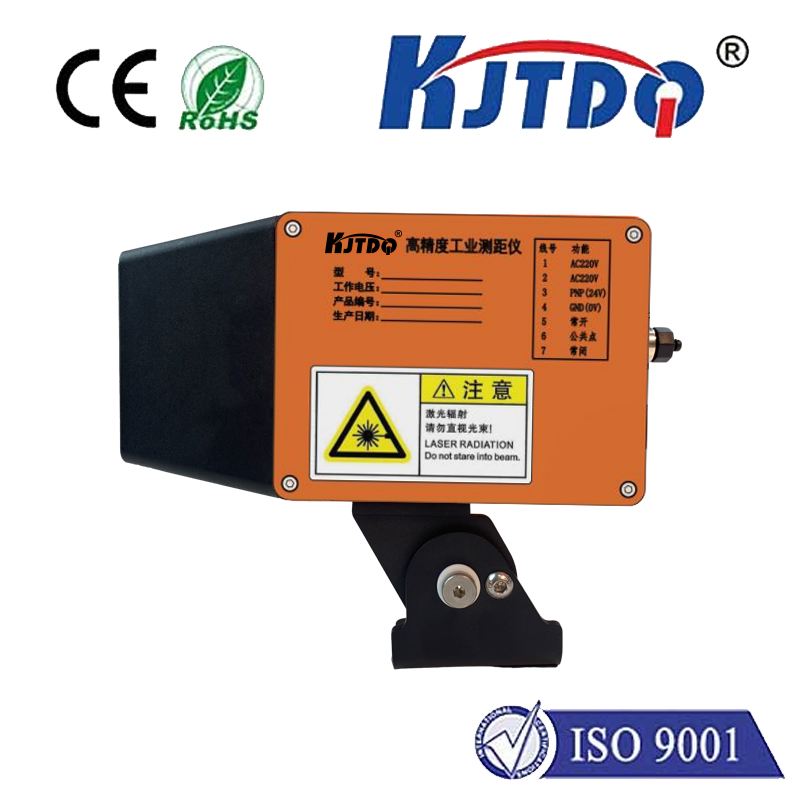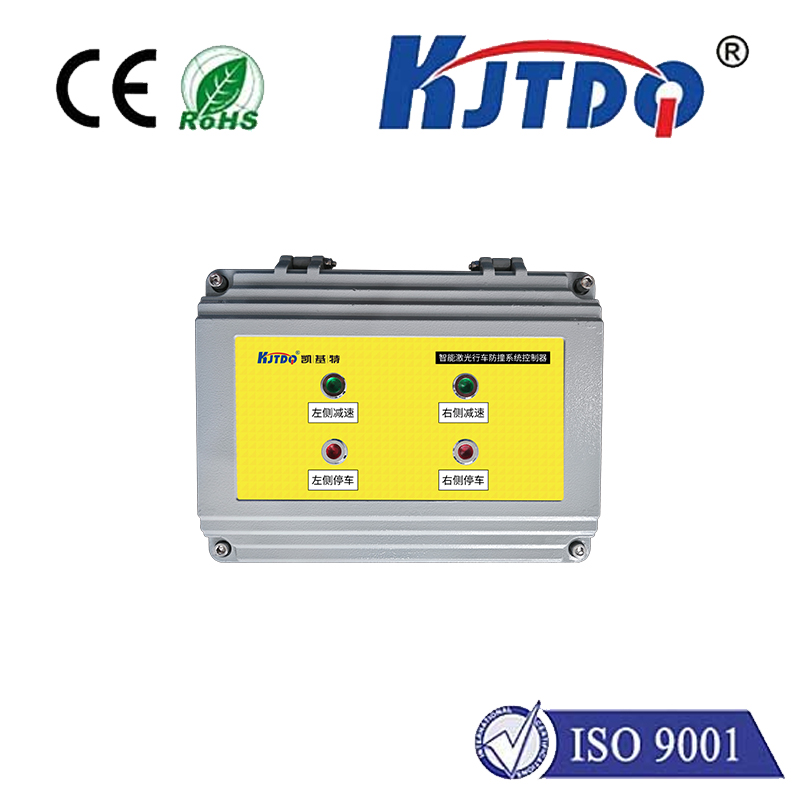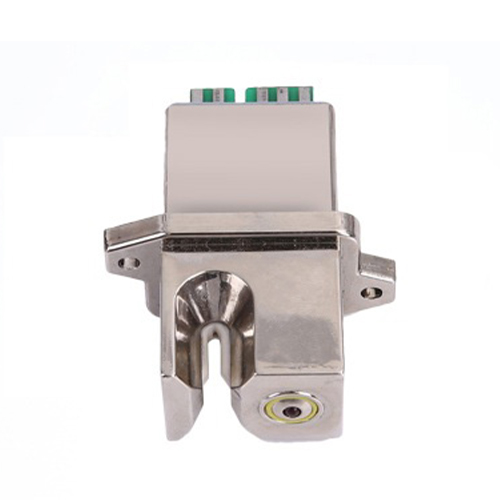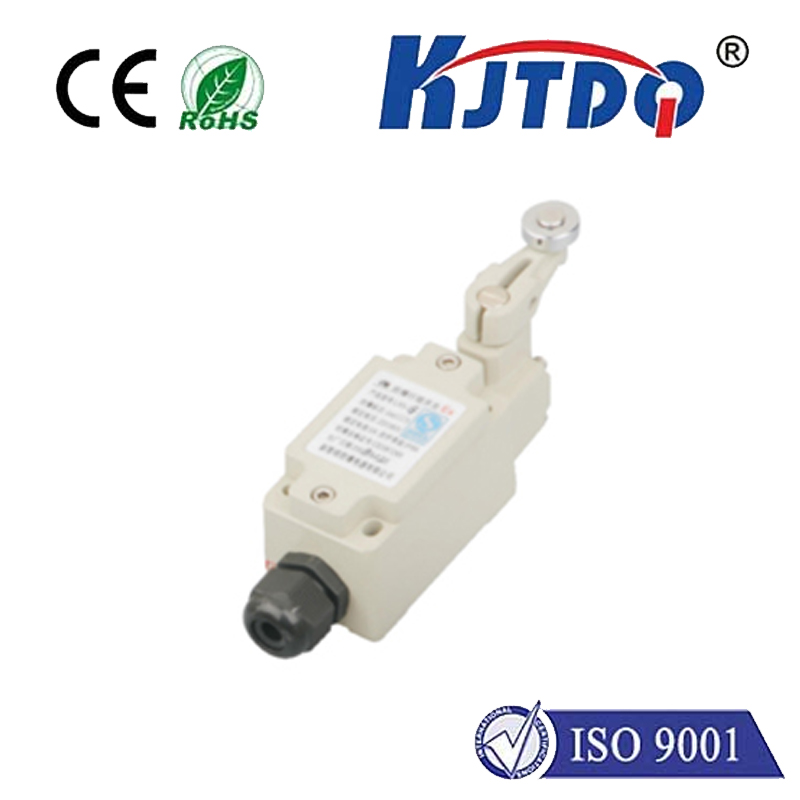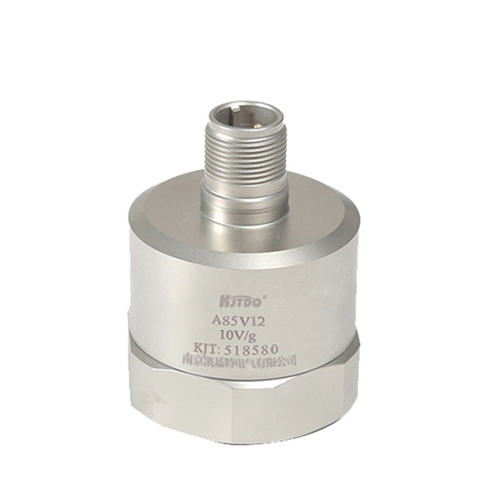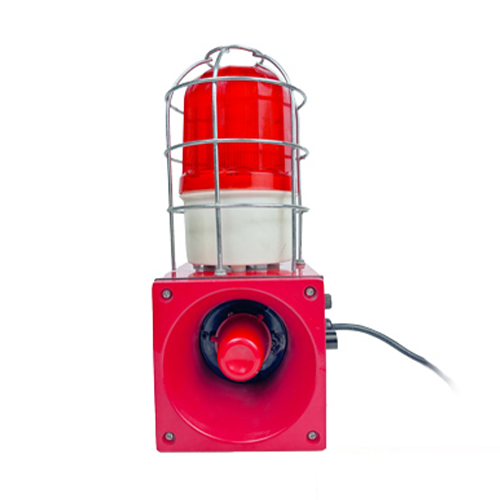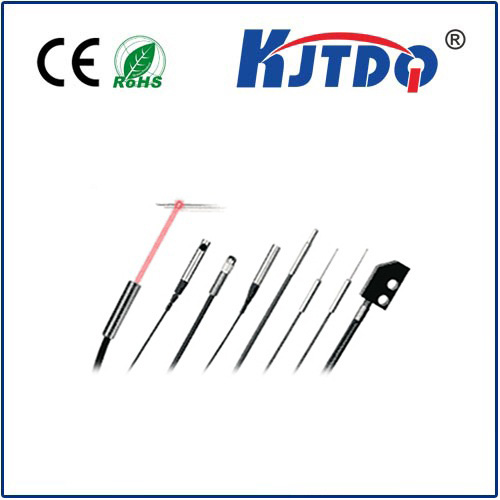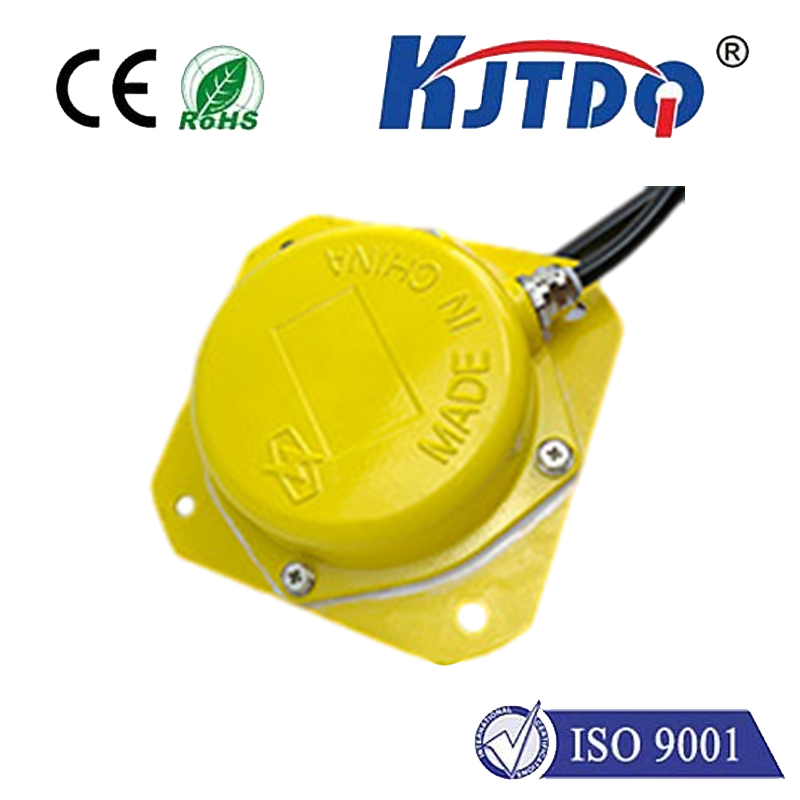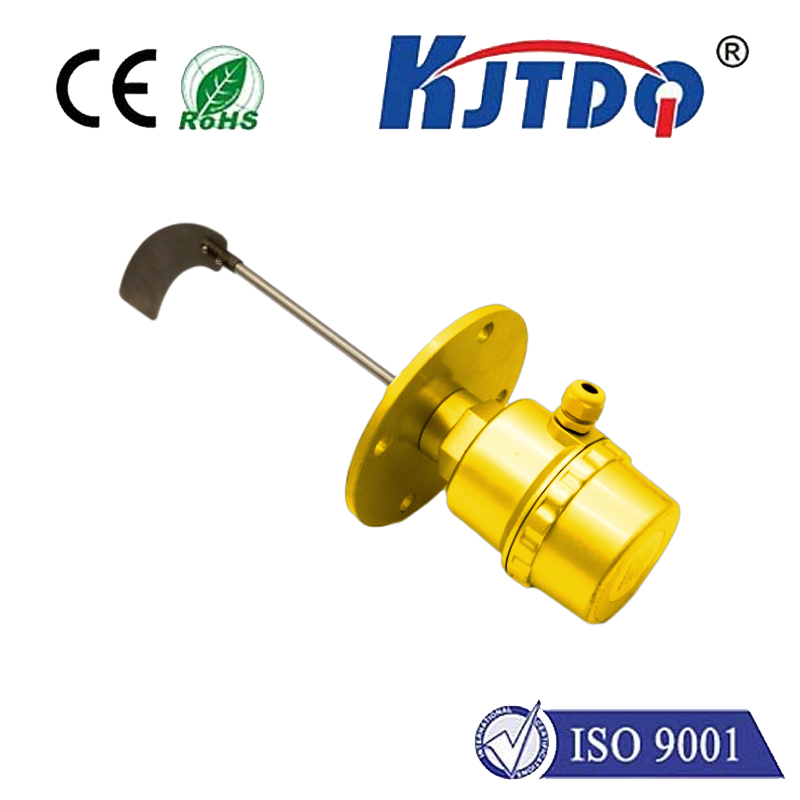rh temperature
- time:2025-08-24 00:54:29
- Click:0
Mastering the Air Around You: Demystifying RH and Temperature
That sticky, oppressive feeling on a summer day, the crackling static shocks in winter, the frustration of mold in the basement, or the challenge keeping valuable instruments in tune – these common experiences all share a fundamental link: the intricate dance between Relative Humidity (RH) and Temperature. Understanding this critical dynamic isn’t just for meteorologists; it’s essential knowledge for creating comfortable, healthy, and efficient living and working spaces. This guide unlocks how RH and temperature interact and why mastering this relationship matters.
The Foundation: RH Defined
First, let’s clarify what Relative Humidity really means. While often simply called “humidity,” RH is a precise measure. It tells you *how much water vapor the air currently holds compared to the maximum amount it could hold at that specific temperature. It’s expressed as a percentage. Air at 50% RH holds half the water vapor it could hold at that current temperature. Air at 100% RH is saturated – it’s holding all the water vapor it can at that temperature, leading to fog, dew, or condensation.**

The Temperature Connection: Air’s Capacity Changes
Here’s the crucial, non-intuitive truth: warmer air can hold significantly more water vapor than colder air. Think of air like a sponge. A warm sponge is large and loose, able to soak up a lot of water. A cold sponge is small and stiff, holding much less. This principle explains countless everyday phenomena:
- Morning Dew: Overnight temperatures drop. Air that was comfortably holding moisture during the warmer day cools down. As it cools, its capacity to hold moisture decreases. If the air cools enough that its temperature reaches the dew point (the temperature where air becomes saturated), the excess water vapor condenses onto surfaces like grass, forming dew.
- Condensation on Windows: Inside your warm home in winter, the air holds moisture from showers, cooking, and breathing. When this warm, moisture-laden air contacts a cold window pane, the air near the glass cools rapidly. Its capacity to hold vapor drops sharply, forcing the excess moisture to condense onto the cold glass surface.
- “Dry” Winter Air: Heated indoor air in winter has the same absolute amount of water vapor (mass of water per volume of air) as potentially humid outside air. However, because the indoor air is significantly warmer, its capacity to hold vapor is much higher. Therefore, its RH percentage plummets, creating that “dry” feeling that chaps skin, irritates sinuses, and causes static shocks. The air isn’t “drier” in absolute terms; its capacity increased dramatically due to heating, lowering the RH.
- “Muggy” Summer Days: High temperatures mean the air has a very high potential capacity for moisture. If the air is also holding a lot of actual water vapor (perhaps from evaporation), the RH level can be high even without rain. This high RH limits our bodies’ ability to cool through sweat evaporation, creating that oppressive, sticky feeling. Humidity control becomes paramount for comfort.
Why Controlling RH Based on Temperature is Essential
Managing the interaction between RH and temperature is vital far beyond comfort:
- Health & Wellbeing: Low humidity (common in heated winter spaces) dries mucous membranes, increasing susceptibility to colds, flu, and respiratory infections. It can exacerbate skin conditions like eczema. High humidity fosters the growth of dust mites, mold, mildew, and fungi, major triggers for allergies and asthma. Maintaining an ideal RH range (generally considered 40-60% at typical indoor temperatures) is crucial for respiratory health.
- Preservation: Museums, archives, and collectors meticulously control temperature and RH. High humidity promotes mold growth on paper, canvas, wood, and textiles, and causes metal corrosion. Low humidity causes wood furniture, musical instruments (like guitars or pianos), and artifacts to dry out, crack, warp, or shrink. Precise RH and temperature control prevents irreversible damage.
- Building Integrity: Persistent high humidity within wall cavities or attics is the primary cause of rot in wooden structures, peeling paint, and damaging frost formation in cold climates. Condensation on cold surfaces can lead to water damage over time. Proper vapor barriers, insulation, ventilation, and humidity control are essential to protect your home’s structure.
- Industrial & Commercial Processes: Countless manufacturing processes, from pharmaceutical production to electronics assembly and food processing, require strict environmental controls. Temperature and RH directly affect chemical reactions, material properties, curing times, static electricity control, and product quality and shelf life. Humidity sensors and HVAC systems work constantly to maintain these critical conditions.
- Energy Efficiency: Air conditioning units work less efficiently in high-humidity conditions because a significant portion of their energy is spent condensing moisture from the air before they can effectively cool it. Proper dehumidification alongside cooling can improve efficiency and comfort.
Measuring and Managing RH and Temperature
Knowledge is power. Here’s how to take control:
- Monitor: Invest in an accurate hygrometer (a device that measures humidity) that also displays temperature. Many smart thermostats now include this feature. Place sensors in key areas like living spaces, bedrooms, basements, and near valuable collections or instruments.
- Understand Your Target: Know the desired RH range for your specific needs and season. While 40-60% is a common comfort zone, preservation might demand tighter, specific ranges (e.g., 45-55%).
- Act:
- Too Humid? Use dehumidifiers, especially in naturally damp areas like basements. Ensure your air conditioner is properly sized and functioning. Improve ventilation (use exhaust fans in kitchens and bathrooms!). Address sources of moisture like leaks.
- Too Dry? Use humidifiers (central or portable). Place water basins near heat sources (safely). Vent clothes dryers directly outdoors. Caution: Never over-humidify in cold weather, as this can lead to condensation problems within walls.
- Temperature Consistency: Maintain stable temperatures where possible. Large temperature swings cause significant RH swings in enclosed spaces. Proper insulation helps stabilize both temperature and humidity.
The seemingly simple concepts of RH and temperature are the invisible forces shaping our environment, our comfort, our health, and even the longevity of our belongings. Relative Humidity is not a standalone measurement; its meaning and impact are intrinsically tied to the air temperature. By grasping this fundamental relationship – recognizing that warmer air holds more moisture, and cooler air holds less – you unlock the ability to diagnose comfort problems, prevent property damage, protect valuable items, and create healthier living and working spaces. Monitoring and thoughtfully managing the delicate interplay between humidity and temperature empowers you to truly master the air around you.












